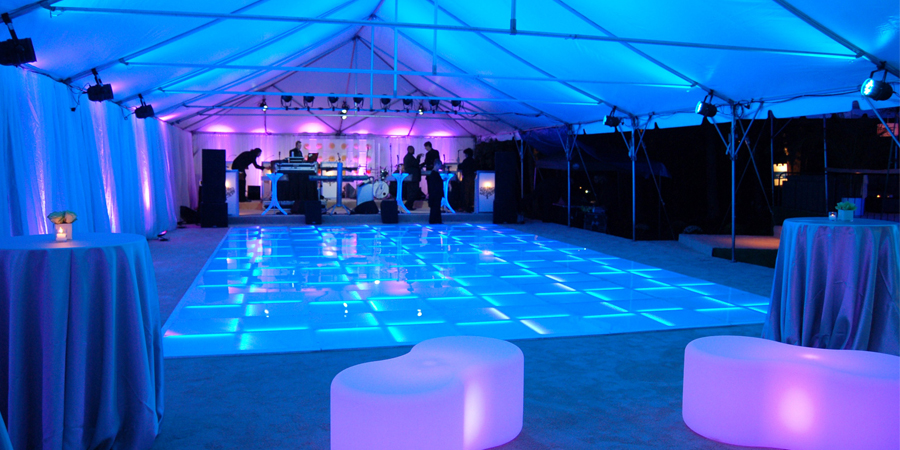Illuminating Innovation Through Shade Theory within Light Emitting Diode Dance Surface Creations
Hue theory is an important aspect of aesthetics, especially when it comes to creating light-emitting diode dancing surfaces. The interaction of colors can greatly affect the mood and vibe of a space. By grasping how hues work together, designers can craft an environment that enhances the total experience for dancers. This article explores the basics of hue theory and its application in LED dance surface designs.
The main colors are red, blue, and yellow. These colors cannot be be made by mixing other colors together. Secondary colors, such as green, orange, and purple, are formed by combining main colors. Tertiary colors are formed by mixing a main color with a intermediate hue. Grasping these basic relationships helps designers choose colors that enhance one another and produce a aesthetically pleasing show. Combining these colors on an LED dance floor can result to vibrant and exciting outcomes that capture the focus of dancers.
Color temperature also plays a key role in aesthetics. Hues can be categorized as warm or cool. Warm hues, such as crimson, tangerine, Discover More and yellow, tend to evoke emotions of enthusiasm and heat. In opposition, cool colors like blue, emerald, and purple typically generate a calm and tranquil environment. Creators can use these color values to establish the ambiance for different types of events. For example, a celebration atmosphere may benefit from warm colors that invigorate the audience, click to read while a more relaxed event might employ chill hues to offer a calming effect.
In addition to hue pairings and temperature, luminosity and intensity are vital elements to take into account. Luminosity denotes to how light or dark a hue looks, while saturation measures the intensity of a hue. Vivid, saturated colors can generate a lively and lively environment, ideal for dancing floors. On the other hand, gentler, lower saturated hues can generate a more subdued environment. Through manipulating brightness and intensity, creators can draw attention to particular areas of the dance surface or establish visual pathways, leading participants through the space.
Finally, it is essential to take into account the psychological effects of hue in light-emitting diode dance floor designs. Different hues can evoke various feelings and reactions. For example, red is frequently linked with zeal and vitality, while azure can be calming and tranquil. Grasping these associations allows creators to tactically use colors to influence the actions of dancers. Through integrating color theory into light-emitting diode dancing floor designs, creators can enhance the overall encounter, making it memorable and pleasurable for all participating.